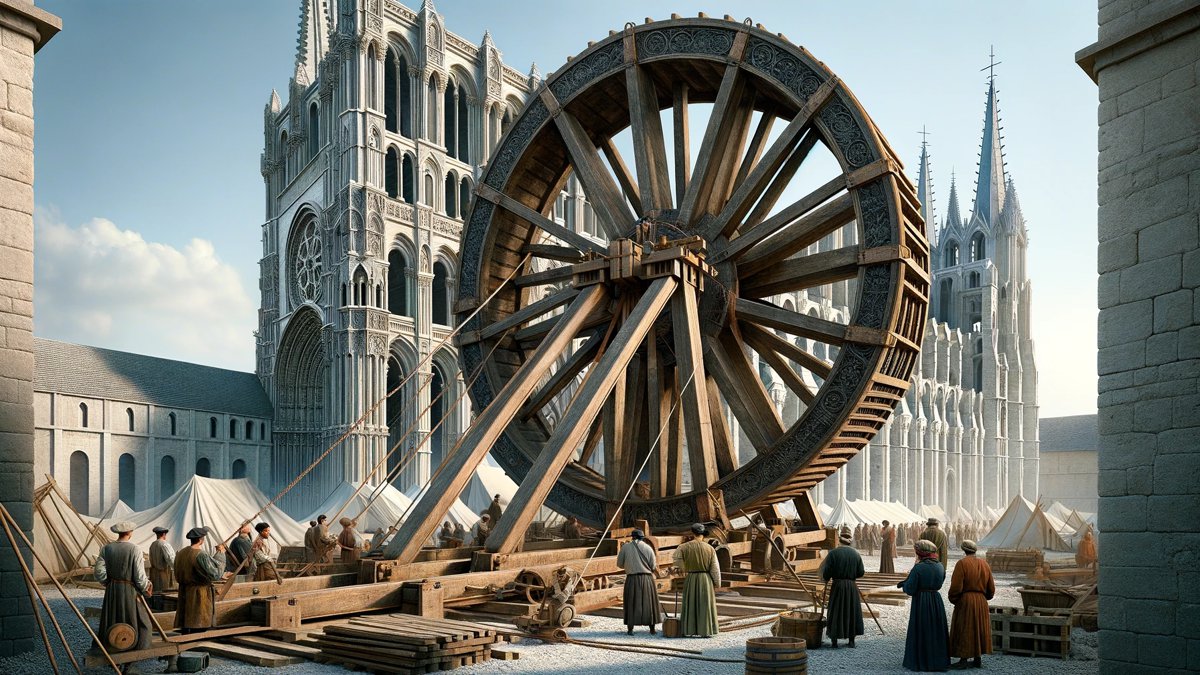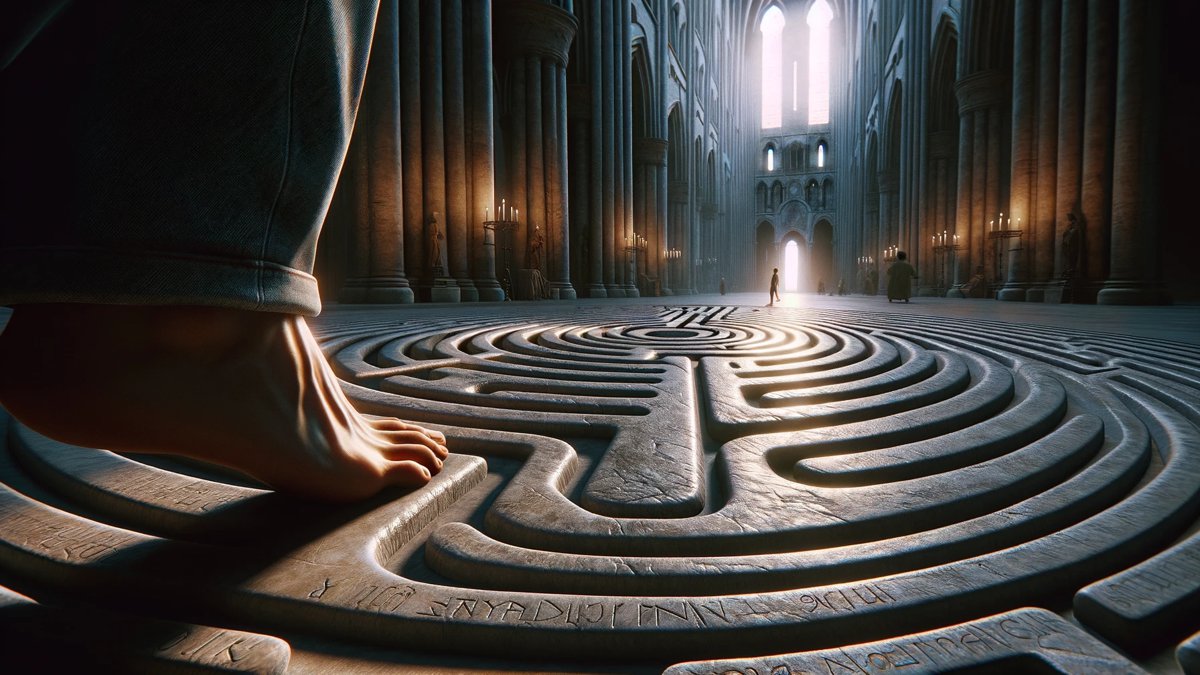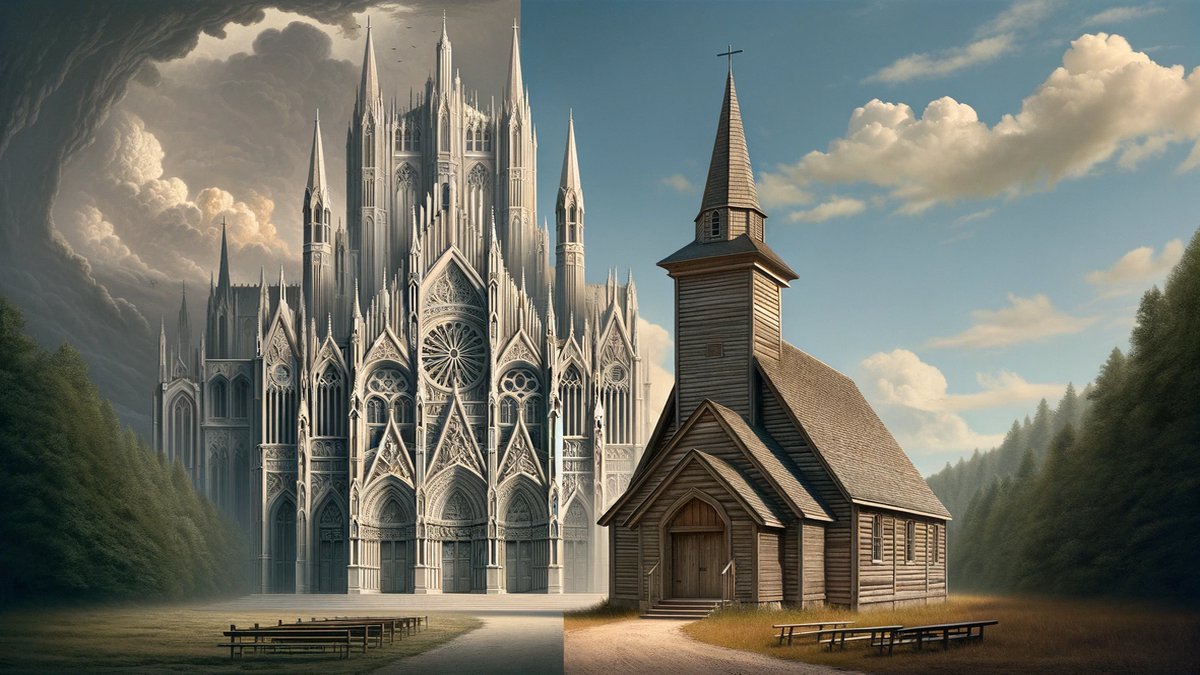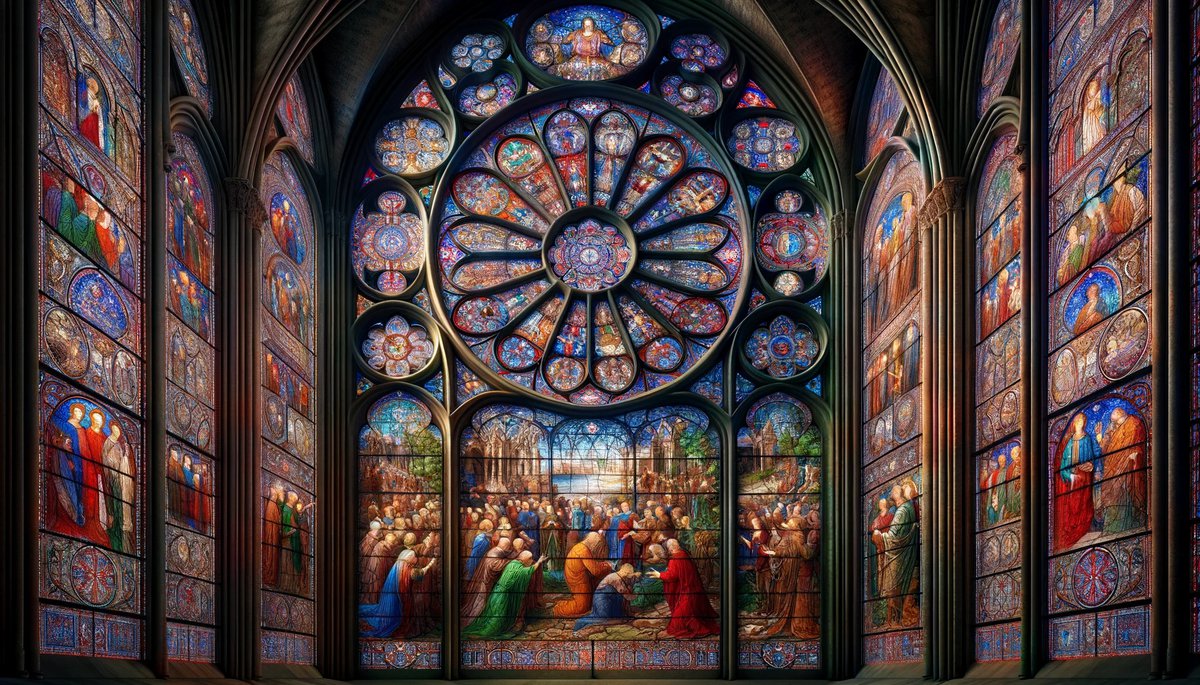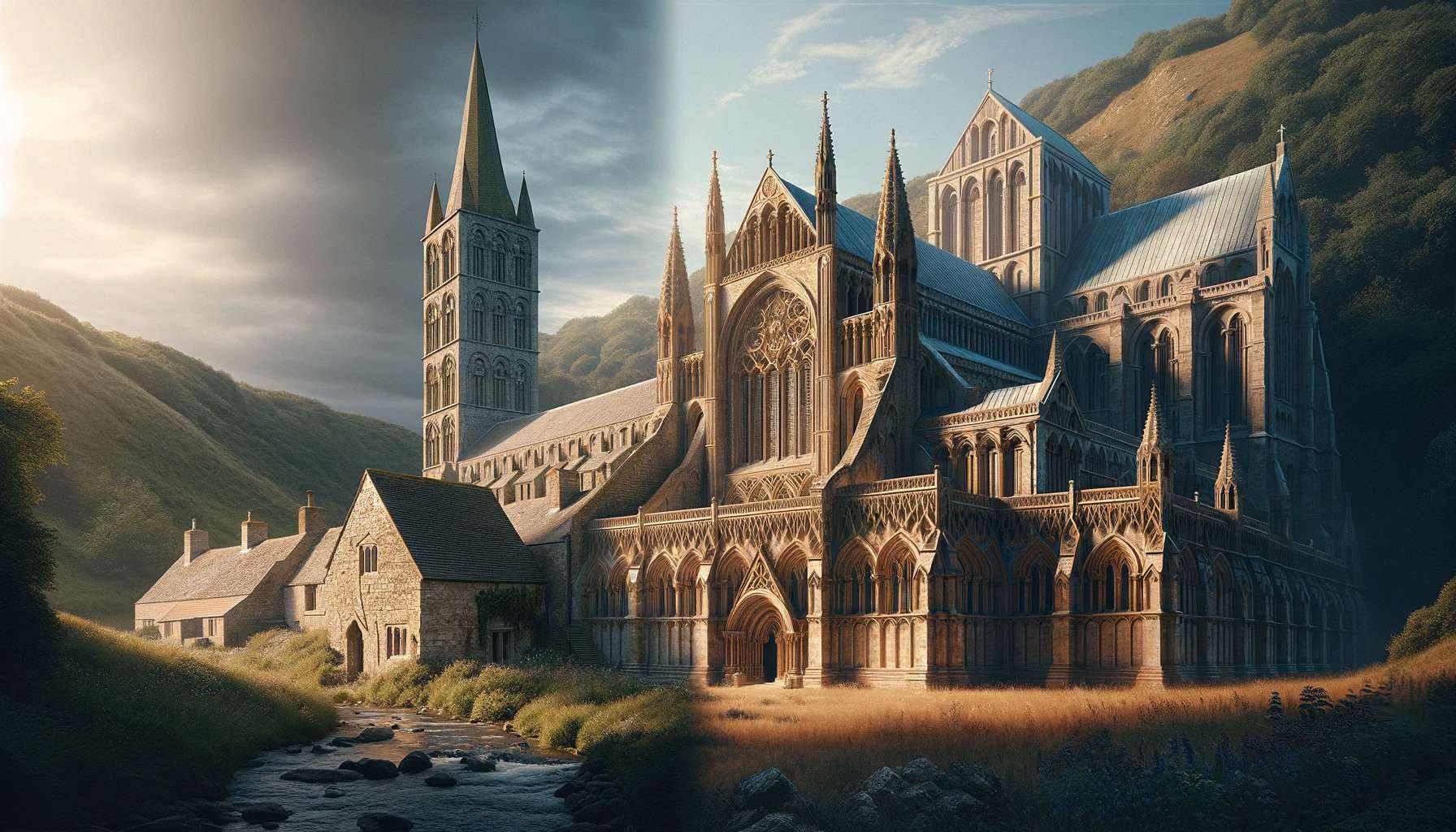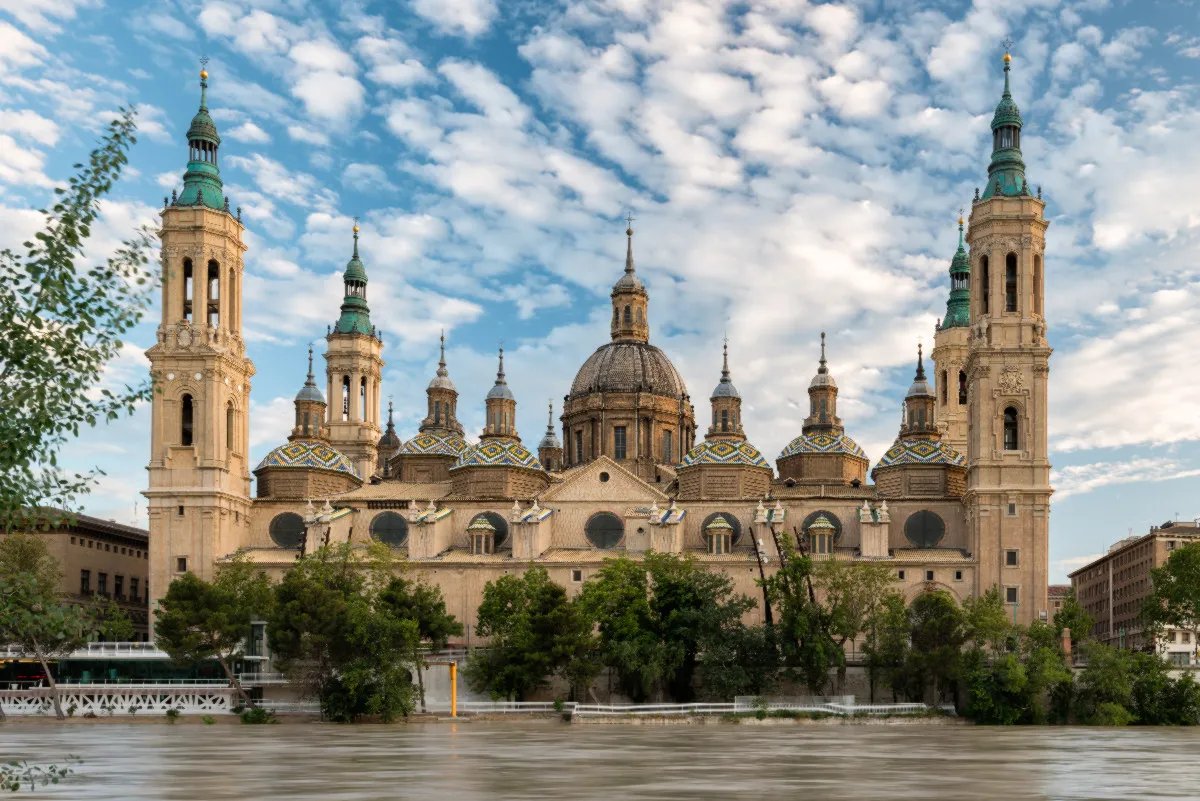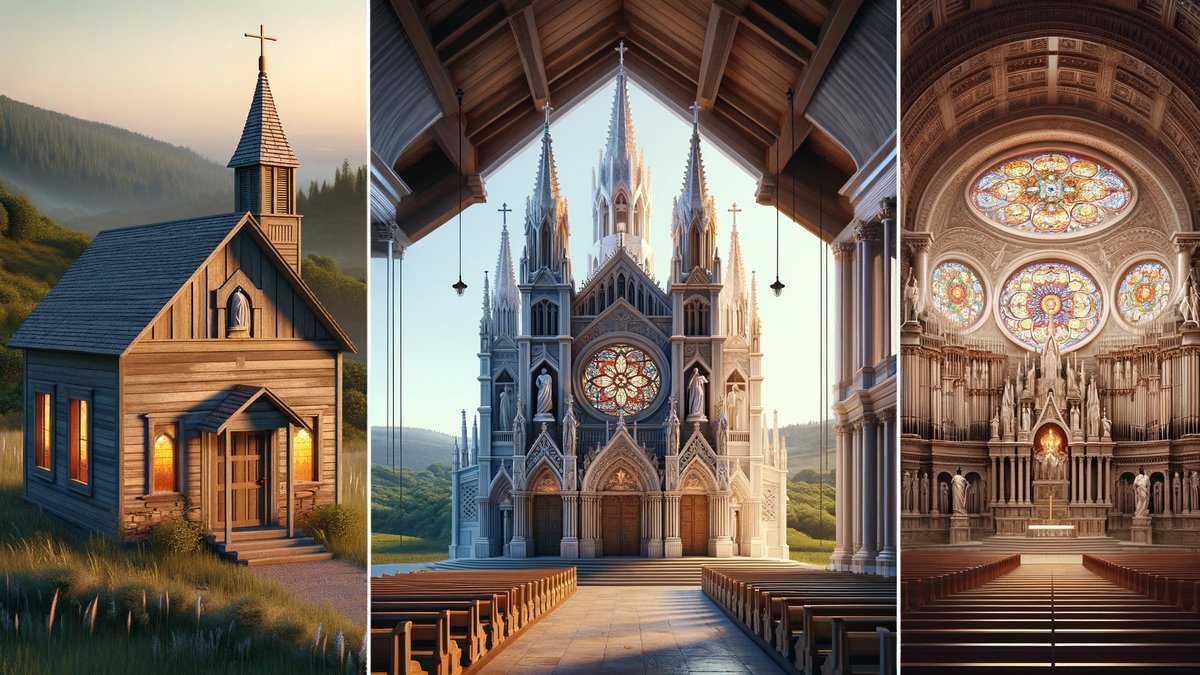Home>Arts and Culture>Why Are The Chartres Cathedral Spires Different
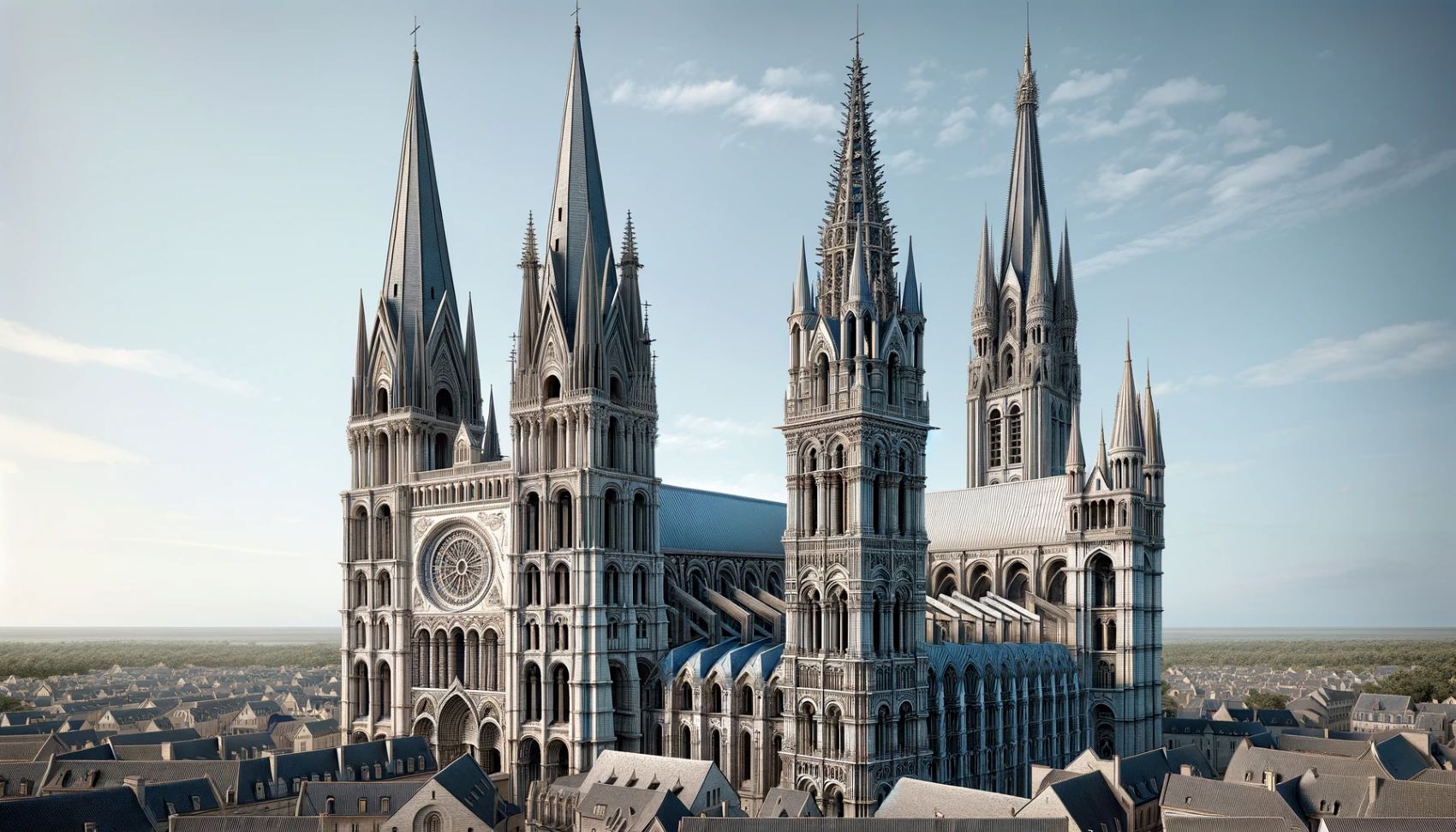

Arts and Culture
Why Are The Chartres Cathedral Spires Different
Published: February 16, 2024
Ericka Andersen, an editor at Christian.net, expertly merges digital strategy with content creation, focusing on faith and societal issues. Her communication skills enhance the platform's engaging narratives, fostering meaningful dialogue on belief's impact on society.
Discover the unique architectural features of Chartres Cathedral and explore the artistic significance of its distinctive spires in this insightful exploration of arts and culture.
(Many of the links in this article redirect to a specific reviewed product. Your purchase of these products through affiliate links helps to generate commission for Christian.net, at no extra cost. Learn more)
Table of Contents
Introduction
The Chartres Cathedral, a masterpiece of Gothic architecture, has long captivated the imagination of historians, architects, and art enthusiasts. One of the most intriguing aspects of this iconic structure is the distinct design of its spires. Unlike the uniform spires commonly found in other cathedrals of the same era, the spires of Chartres Cathedral stand out for their unique and asymmetrical appearance. This peculiarity has sparked numerous theories and debates among scholars, adding to the cathedral's mystique and allure.
As we delve into the historical background, architectural features, and comparative analysis of the Chartres Cathedral, we will unravel the enigma surrounding its spires. Through this exploration, we aim to shed light on the factors that set Chartres Cathedral apart from its contemporaries and delve into the theories that seek to explain the unconventional design of its spires. Join us on this journey through time and architecture as we unravel the secrets of the Chartres Cathedral and its distinctive spires.
Read more: Why Was The Chartres Cathedral Built
Historical Background of Chartres Cathedral
The history of Chartres Cathedral is steeped in religious significance and architectural innovation. The site of the cathedral has a rich history dating back to ancient times, with the Romans establishing a temple dedicated to the Celtic goddess, the Virgin of the Druids, on the same location where the cathedral now stands. The Christian influence began to take root in the 4th century when the Roman temple was repurposed as a Christian church.
The construction of the current Chartres Cathedral commenced in 1194, following a devastating fire that engulfed the previous Romanesque structure. The fire, which occurred in 1194, was a turning point in the history of the cathedral, leading to the decision to rebuild the church in the Gothic style that was gaining prominence across Europe. The project was ambitious, aiming to create a cathedral that would surpass its predecessors in grandeur and architectural sophistication.
The construction of the cathedral was completed in remarkably swift time, with the majority of the structure finished by 1220. This rapid pace of construction is a testament to the dedication and skill of the craftsmen and artisans involved in the project. The cathedral's completion marked a new era in Gothic architecture, with Chartres Cathedral serving as a prime example of the transition from the Romanesque style to the more elaborate and vertically oriented Gothic style.
Chartres Cathedral's significance extended beyond its architectural prowess. It became a major pilgrimage site due to the presence of the Sancta Camisa, believed to be the tunic worn by the Virgin Mary during the birth of Jesus. This relic attracted pilgrims from far and wide, contributing to the cathedral's status as a revered religious destination.
The historical background of Chartres Cathedral is a tapestry woven with threads of religious devotion, architectural ambition, and cultural significance. Its construction and subsequent role as a pilgrimage site have left an indelible mark on the cathedral's legacy, solidifying its place as a timeless symbol of faith and human ingenuity.
Architectural Features of Chartres Cathedral
The architectural features of Chartres Cathedral are a testament to the ingenuity and craftsmanship of the medieval builders who brought this magnificent structure to life. The cathedral's exterior is adorned with a stunning display of sculptures, intricate carvings, and captivating stained glass windows, all of which contribute to its awe-inspiring presence.
One of the most striking elements of Chartres Cathedral is its use of flying buttresses, which are external supports that counteract the outward thrust of the vaulted ceilings. These flying buttresses not only serve a structural purpose but also add a sense of verticality and grandeur to the cathedral's exterior. The use of flying buttresses allowed for the inclusion of expansive stained glass windows, flooding the interior with ethereal light and creating a transcendent atmosphere.
The interior of Chartres Cathedral is equally remarkable, featuring a soaring nave that reaches dizzying heights, supported by slender columns that seem to defy gravity. The ribbed vaulting of the ceiling adds a sense of rhythm and elegance to the space, drawing the eyes upward toward the heavens. The intricate carvings adorning the capitals of the columns depict a diverse array of biblical scenes, foliage, and mythical creatures, showcasing the skill and artistry of the craftsmen who brought these stone sculptures to life.
The stained glass windows of Chartres Cathedral are renowned for their vibrant colors and intricate designs, depicting biblical narratives and scenes from the lives of saints. These windows serve as a visual representation of the divine, casting a kaleidoscope of colors across the interior and infusing the space with a sense of otherworldly beauty.
The west facade of the cathedral is adorned with a profusion of sculptures, including the iconic "Portail Royal" with its intricately carved tympanum depicting the Last Judgment. The sculptures on the facade serve as a visual narrative, conveying biblical stories and moral lessons to the faithful and the curious alike.
Chartres Cathedral stands as a testament to the artistic and architectural achievements of the medieval period, showcasing a harmonious blend of structural innovation, artistic expression, and spiritual symbolism. Its architectural features continue to inspire awe and wonder, inviting visitors to marvel at the timeless beauty and profound significance of this enduring masterpiece.
Comparison of Chartres Cathedral Spires with Other Cathedrals
When comparing the spires of Chartres Cathedral with those of other cathedrals from the same era, a striking dissimilarity becomes evident. While many Gothic cathedrals feature symmetrical and uniform spires, Chartres Cathedral stands out for its asymmetrical and uniquely designed spires. This departure from the conventional architectural norms of the time has sparked considerable interest and debate among scholars and enthusiasts.
In contrast to the uniformity of spires found in cathedrals such as Notre-Dame de Paris and Notre-Dame de Reims, the spires of Chartres Cathedral exhibit a distinct asymmetry. The north spire, known as the "Beau-Dieu," rises to a height of 105 meters, while the south spire, named the "Cloth of the Assumption," reaches a height of 113 meters, creating a noticeable disparity in their proportions. This intentional deviation from symmetry sets Chartres Cathedral apart and raises intriguing questions about the motivations behind this unconventional design choice.
Furthermore, the decorative elements adorning the spires of Chartres Cathedral diverge from the typical motifs found in other cathedrals. The intricate sculptures and ornamental details on the spires of Chartres Cathedral display a level of intricacy and symbolism that distinguishes them from their counterparts in other Gothic cathedrals. The presence of sculpted figures, including angels, saints, and mythical creatures, adds a layer of complexity and narrative depth to the spires, inviting contemplation and interpretation.
In addition to their physical appearance, the spires of Chartres Cathedral convey a sense of spiritual and symbolic significance that sets them apart from other cathedrals. The asymmetry of the spires has been interpreted as a deliberate representation of the human journey towards spiritual enlightenment, with the taller south spire symbolizing the aspiration to transcend earthly concerns and reach towards the divine realm. This symbolic interpretation adds a profound dimension to the architectural uniqueness of Chartres Cathedral's spires, elevating them beyond mere structural elements to embody profound spiritual concepts.
The comparison of Chartres Cathedral's spires with those of its contemporaries reveals a departure from traditional norms and a bold exploration of asymmetry, symbolism, and spiritual expression. This distinctive approach to spire design sets Chartres Cathedral apart as a beacon of innovation and artistic daring within the realm of Gothic architecture, inviting admiration and contemplation from all who behold its awe-inspiring silhouette.
Theories and Explanations for the Unique Design of Chartres Cathedral Spires
The distinctive design of the spires at Chartres Cathedral has been the subject of fervent speculation and scholarly inquiry, giving rise to a myriad of theories and explanations that seek to unravel the enigma surrounding their unconventional appearance. One prevailing theory posits that the asymmetry of the spires was a deliberate artistic choice, intended to convey profound symbolic and spiritual meanings.
According to this theory, the varying heights of the spires symbolize the earthly and the divine realms, with the taller south spire representing the aspiration to transcend earthly concerns and reach towards the heavens. This interpretation aligns with the medieval worldview, which emphasized the spiritual journey of the soul towards union with the divine. The asymmetrical design of the spires, in this context, serves as a visual metaphor for the human quest for spiritual enlightenment and transcendence.
Another theory delves into the practical considerations that may have influenced the design of the spires. It is suggested that the builders and architects of Chartres Cathedral intentionally crafted the spires with varying heights to counteract the visual distortion caused by the cathedral's location on uneven ground. By adjusting the heights of the spires, the architects aimed to create an optical illusion that would compensate for the visual irregularities resulting from the cathedral's placement, ensuring that the spires appeared harmonious and balanced when viewed from a distance.
Furthermore, some scholars have proposed that the asymmetrical design of the spires was a deliberate departure from the uniformity found in other cathedrals of the era, reflecting a spirit of artistic innovation and individuality. Chartres Cathedral, renowned for its pioneering architectural features, may have sought to distinguish itself through the bold and unconventional design of its spires, signaling a departure from traditional norms and a willingness to push the boundaries of Gothic architecture.
In addition to these theories, the intricate sculptures and ornamental details adorning the spires have been interpreted as symbolic representations of biblical narratives, celestial beings, and earthly virtues. The presence of sculpted figures, including angels, saints, and mythical creatures, adds a layer of complexity and narrative depth to the spires, inviting contemplation and interpretation.
The theories and explanations surrounding the unique design of Chartres Cathedral's spires reflect the depth of intrigue and fascination that this architectural marvel continues to inspire. Whether rooted in symbolism, practicality, or artistic innovation, the enigmatic spires of Chartres Cathedral stand as a testament to the enduring allure and mystery of Gothic architecture, inviting contemplation and interpretation for generations to come.
Read more: Where Is The Chartres Cathedral
Conclusion
In conclusion, the Chartres Cathedral stands as a timeless testament to the ingenuity, artistry, and spiritual devotion of the medieval era. From its rich historical origins to its awe-inspiring architectural features, the cathedral continues to captivate and inspire visitors from around the world. The unique design of its spires, characterized by intentional asymmetry and intricate symbolism, sets Chartres Cathedral apart as a beacon of innovation within the realm of Gothic architecture.
The historical background of Chartres Cathedral, rooted in ancient religious traditions and enduring cultural significance, provides a compelling backdrop for understanding the cathedral's enduring legacy. The rapid construction of the cathedral following the devastating fire of 1194 reflects the unwavering dedication of the craftsmen and artisans who brought this monumental project to fruition. The cathedral's role as a major pilgrimage site further underscores its profound spiritual significance and enduring appeal.
The architectural features of Chartres Cathedral, including its soaring nave, intricate carvings, and resplendent stained glass windows, showcase the harmonious blend of structural innovation and artistic expression. The exterior adorned with flying buttresses and sculpted facades, combined with the ethereal beauty of the stained glass, creates an atmosphere of transcendent beauty and spiritual contemplation.
When comparing the spires of Chartres Cathedral with those of its contemporaries, the deliberate departure from symmetry and the inclusion of intricate sculptures and ornamental details set the cathedral apart as a bold and daring expression of artistic individuality. The theories and explanations surrounding the unique design of the spires, whether rooted in symbolism, practicality, or artistic innovation, add layers of depth and intrigue to the cathedral's enigmatic silhouette.
In essence, the Chartres Cathedral and its distinctive spires continue to invite admiration, contemplation, and scholarly inquiry, serving as a testament to the enduring power of human creativity and spiritual aspiration. As visitors gaze upon the asymmetrical spires reaching towards the heavens, they are reminded of the timeless allure and profound significance of this architectural masterpiece, ensuring that the legacy of Chartres Cathedral will endure for generations to come.


